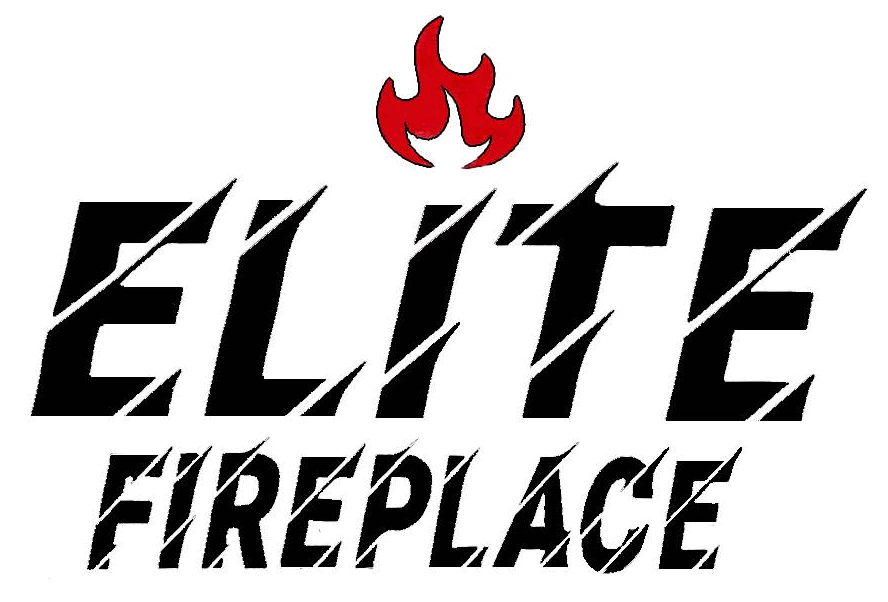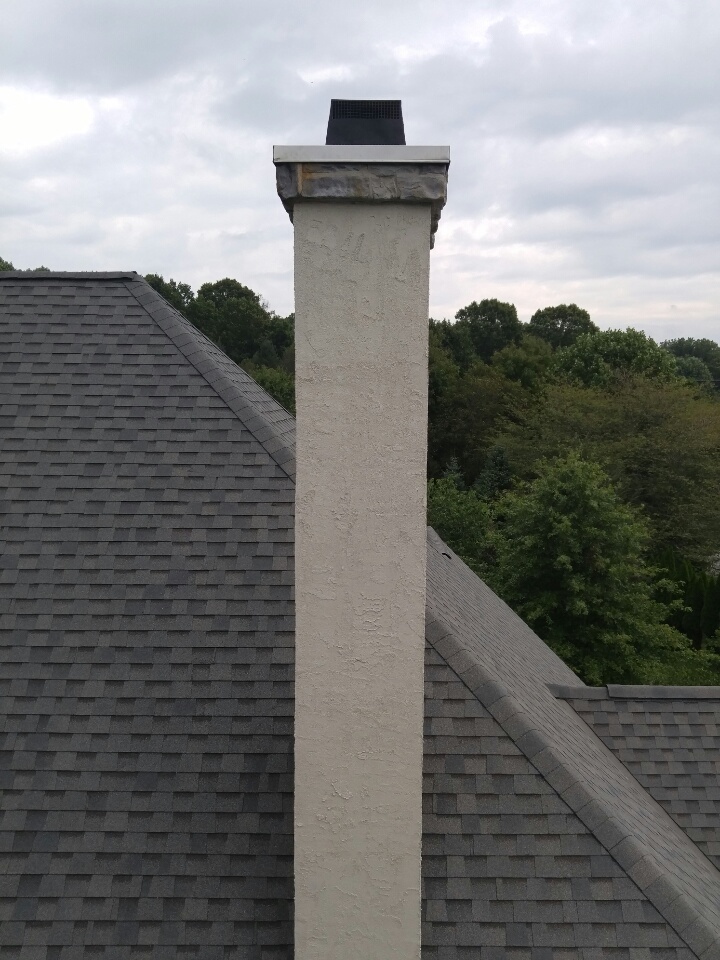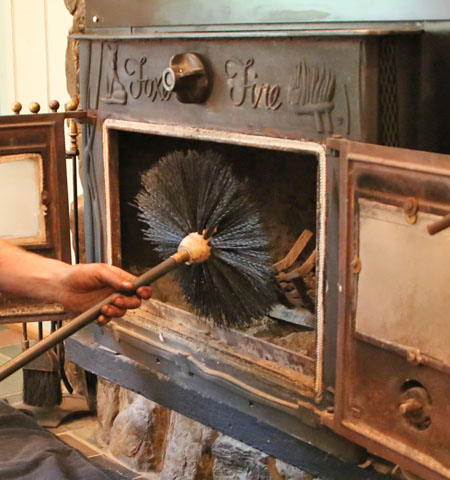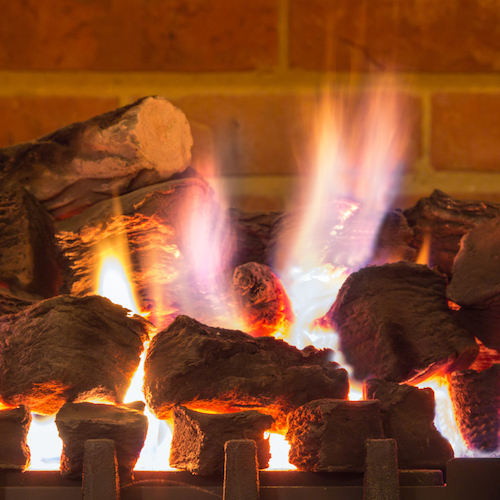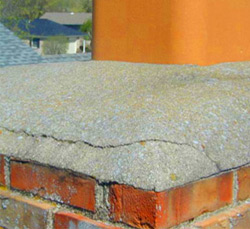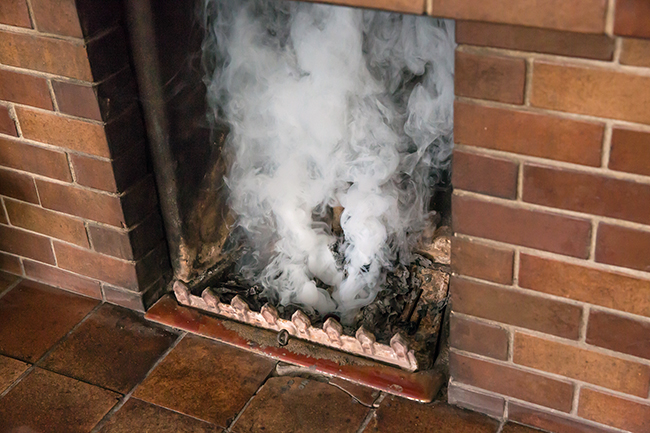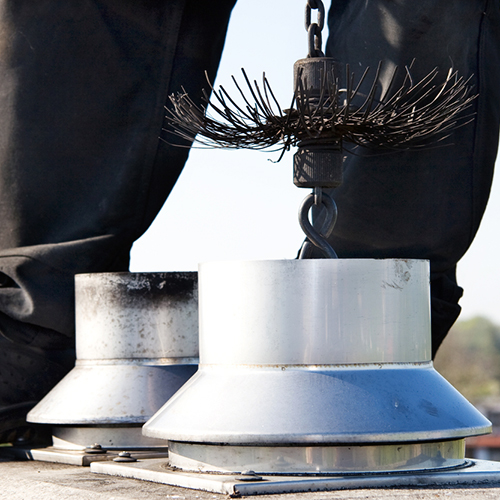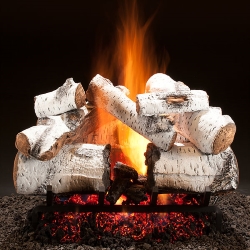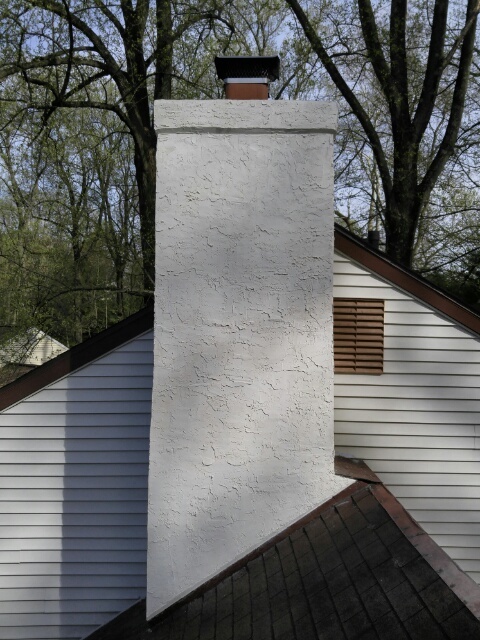Written by: Home Stratosphere
This is believed to be ‘the’ standard type of chimney that is typically built using materials like bricks, cement, mortar, blocks or stone. Masonry chimneys are usually accompanied by masonry fireplaces that are simple indented walls where you create fire on logs of wood.
All the heat and smoke passes upwards through a tunnel-like channel to the roof and then out into the atmosphere. An interesting feature of this type of chimney is that often the bricks that are used in its construction have the ability to absorb heat. This comes in really handy, especially during the winter season as some of the absorbed heat radiates to other rooms and keeps them warm.
Furthermore, the fireplaces of these chimneys have amazing aesthetic value and sense which can greatly make your space look incredible. If the masonry fireplace in your house is one of those elegantly and stylishly constructed types, chances are that it will have an excellent resale value.
Masonry chimneys are really durable and can last as long as your house, given that you ensure proper maintenance, regular cleaning and use the right kind of accessories. However, masonry chimneys require a super concrete and solid foundation during construction because it typically weighs around 6 to 7 tons.
For safe and reliable fireplace and chimney services, count on the experts at Elite Fireplace. To schedule an appointment or know more about our services, call us at (610) 489-4274 or contact us online
